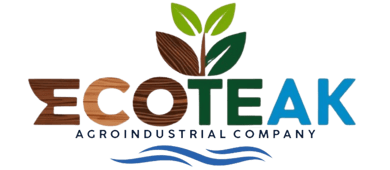Environmental Sustainability
The Importance of Teak
Teak (T. grandis), a tree revered for its exceptional quality and durability, holds a preeminent place both nationally and internationally. Recognized as the "Queen of Woods," its superior grain and resistance to the passage of time distinguish it. Although its origin is in Southeast Asia, its introduction to Latin America and the Caribbean around 1950 marked the beginning of a progressive adaptation.
In Colombia, teak, along with other species such as balsa, eucalyptus, and pine, contributes significantly to various industries, from the forestry sector to furniture and handicraft production. Wood, in general, represents a fundamental livelihood for many small and medium-sized producers, accounting for up to 50% of their family income. According to data from the Lumber Association, the timber sector employs nearly 200,000 people, representing a significant percentage of the country's Economically Active Population (EAP). In conclusion, teak, with its intrinsic value and economic potential, plays a relevant role in the socioeconomic landscape.
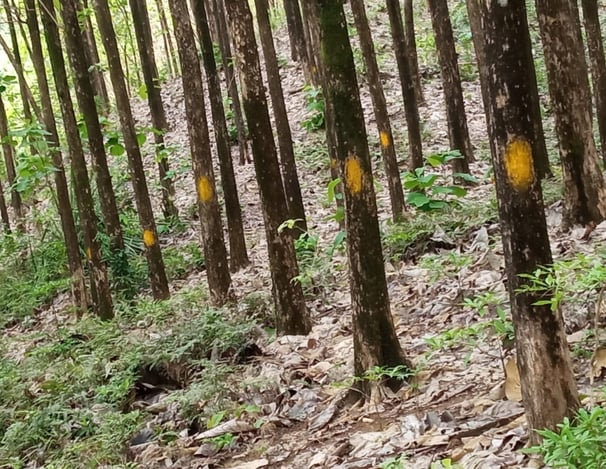

Teak, characterized by its tall trees with straight trunks, soft bark, and reddish sap, has become a significant crop. Introduced from India approximately 50 years ago (Dalmau and Rivadeneira, 2009), this exotic species has found a niche in the market, driven by the beauty, strength, and durability of its wood, attributes that make it highly desirable for the manufacture of products, primarily in the decorative field.
However, despite growing international demand and the climate's suitability for its cultivation, large-scale commercialization of teak faces challenges. The limited dissemination of efficient production techniques has prevented Colombia from achieving full competitiveness in the global market. Overcoming these barriers is crucial to maximizing the economic potential of this resource and consolidating Colombia as a relevant player in teak production and export.
Maintaining forest plantations and not replacing them with crops means more land is covered by forest cover, which translates into a greater surface area for CO2 absorption and greater soil protection from loss and erosion. Furthermore, it maintains resource-rich ecosystems that ensure ecological connectivity.
UN SDGs (2030 Agenda)
The ECOTEAK project is fundamental to promoting sustainable development in Colombia, as it integrates several key aspects of the UN Sustainable Development Goals (SDGs).
It contributes to SDG 8 by generating decent local employment and promoting economic growth through activities such as plantation, livestock farming, and wood processing. Furthermore, by building a processing plant, it promotes SDG 9, driving innovation and the development of sustainable infrastructure by utilizing wood waste to produce pellets as biofuel.
This approach is also aligned with SDG 12, as it applies circular economy principles, optimizing resources, minimizing waste, and promoting a responsible production and consumption model. In environmental terms, the project has a positive impact on climate action (SDG 13) by capturing carbon dioxide through reforestation with T. grandis and reducing dependence on fossil fuels.
It also strengthens SDG 15 by conserving terrestrial ecosystems, protecting biodiversity, and restoring degraded soils through sustainable agroforestry practices. Finally, the project recognizes the importance of SDG 17, as its success is based on the creation of strategic alliances between public, private, and community institutions, which facilitate knowledge transfer, access to technology, and cooperation to achieve balanced and sustainable environmental, economic, and social development.
Sustainable Development Goal


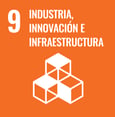

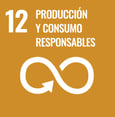



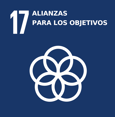

Committed to Environmental Sustainability
This systematic loss of forest ecosystems not only compromises national biodiversity but also directly affects rural communities, deteriorating food security and restricting access to sustainable livelihoods. Furthermore, deforestation negatively impacts water and climate regulation, fragments strategic ecosystems, and increases greenhouse gas emissions, significantly contributing to climate change.
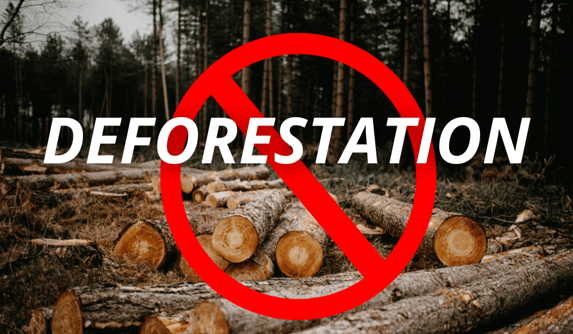

Colombia is facing a massive forest crisis. Between 2001 and 2022, the country has lost approximately 3.3 million hectares of forest cover, an area comparable to the size of the department of Nariño. This phenomenon, driven primarily by agricultural expansion, illegal mining, unregulated logging, and extensive livestock farming, responds to a logic of immediate profitability at the expense of long-term environmental and social sustainability.
In this context, the Colombian forestry sector presents worrying gaps in terms of sustainability and the circular economy. As of 2018, there was no accurate information available on the environmental performance of commercial forest plantations (UPRA, 2018). Between 2012 and 2018, sustainable timber extraction decreased from 6,797,431 m³ to 6,663,152 m³ (Cuenta Ambiental y Económica del Bosque, 2024), reflecting a decline in the sector's competitiveness and a weak integration of circular practices into its value chains.
The effects of this forest degradation translate into accelerated ecosystem loss, soil deterioration, a reduction in the capacity to provide ecosystem services (such as water and thermal regulation), and increased pollutant emissions (MinAmbiente, 2015; WWF Colombia, 2024).
Given this situation, the implementation of an agrosilvopastoral model with Teak (T. grandis) based on circular economy principles is proposed. This approach not only contributes to environmental restoration but also strengthens the productivity and competitiveness of the Colombian forestry sector. This approach integrates sustainable resource management, productive innovation, and territorial development with a long-term vision.
The project is not only an environmental response: it is a strategic opportunity to transform the productive matrix, diversify rural incomes, attract responsible investment, and position Colombia as a regional leader in forest sustainability.
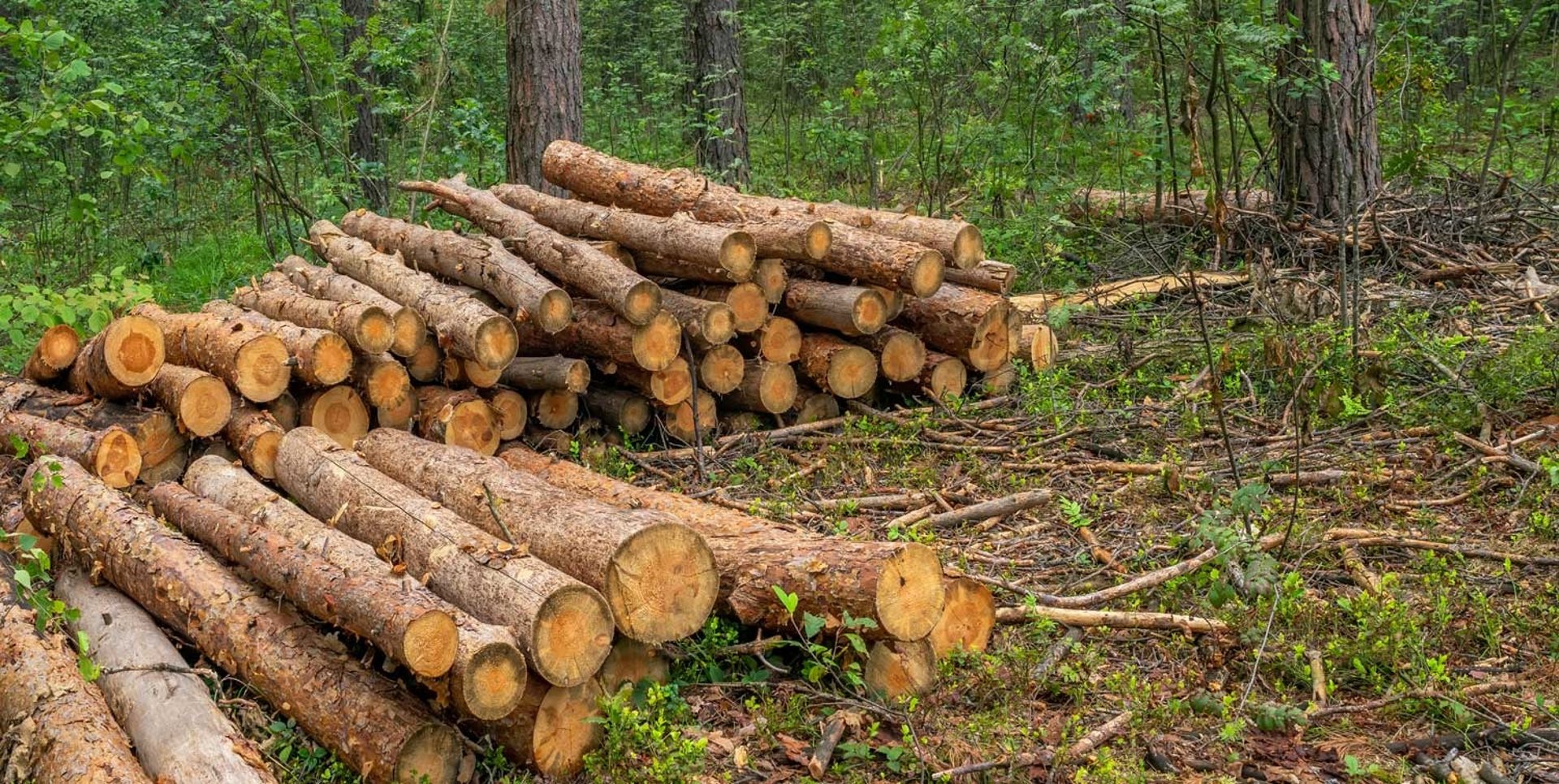
National Forest Development Plan
“Institutional development of the Forestry Sector, which aims to manage resources, support the development of plantations (forest crops), and coordinate and harmonize the different sectoral visions of forestry development.”
National Development Plan 2022-2026
“Colombia, a World Power for Life”, in its transformation axis number 4 called Productive Transformation, Internationalization and Climate Action, which includes catalyst 9 related to bioeconomy models based on knowledge and innovation, which has the purpose of “intensifying research, technological development and innovation, creating inclusive business models, with a focus on circularity, generating high added value productive chains in the agricultural, forestry, fishing, pharmaceutical, textile, tourism and different branches of the bioeconomy” (DPN, 2023), for its fulfillment, it proposes the following departmental investment line number 20 that seeks “Reindustrialization, sustainable productive transformation, circular economy, internationalization, financial inclusion and promotion of the popular, community, and solidarity economy; de-escalating the extractivist model” (DPN, 2023); Therefore, the project directly contributes to the objectives of the National Development Plan, with regard to sustainable productive transformation and the circular economy applicable to the forestry sector.
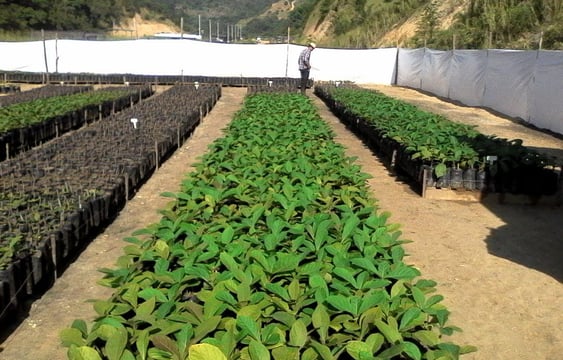

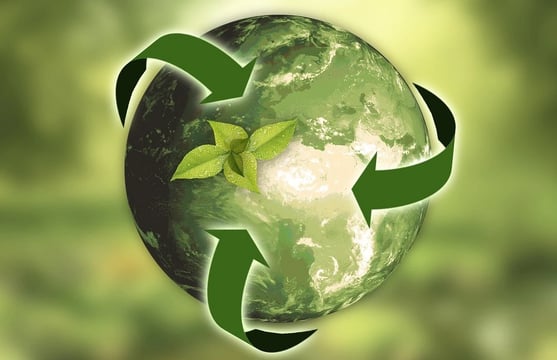

Green growth policy
This plan aims to improve competitiveness and ensure the sustainable use of natural capital. The policy also focuses on the bioeconomy, the circular economy, support for the forestry sector, the implementation of renewable energy, sustainable agricultural production, and the efficient use of water resources, which are key aspects for contributing to green growth (Conpes, 2018).
Social Sustainability
Committed to a Responsible Future
At Ecoteak, we believe that true success goes beyond numbers—it is built with awareness, commitment, and purpose. While we have not yet met all the standards of a socially responsible company, we are taking firm and determined steps in that direction.
Our vision is clear: we aim to grow sustainably, contributing positively to the well-being of our communities, the care of the environment, and the development of fair, humane, and transparent labor relations.


We are embarking on a journey of transformation that includes:

Designing internal policies that promote equity, diversity, and respect.
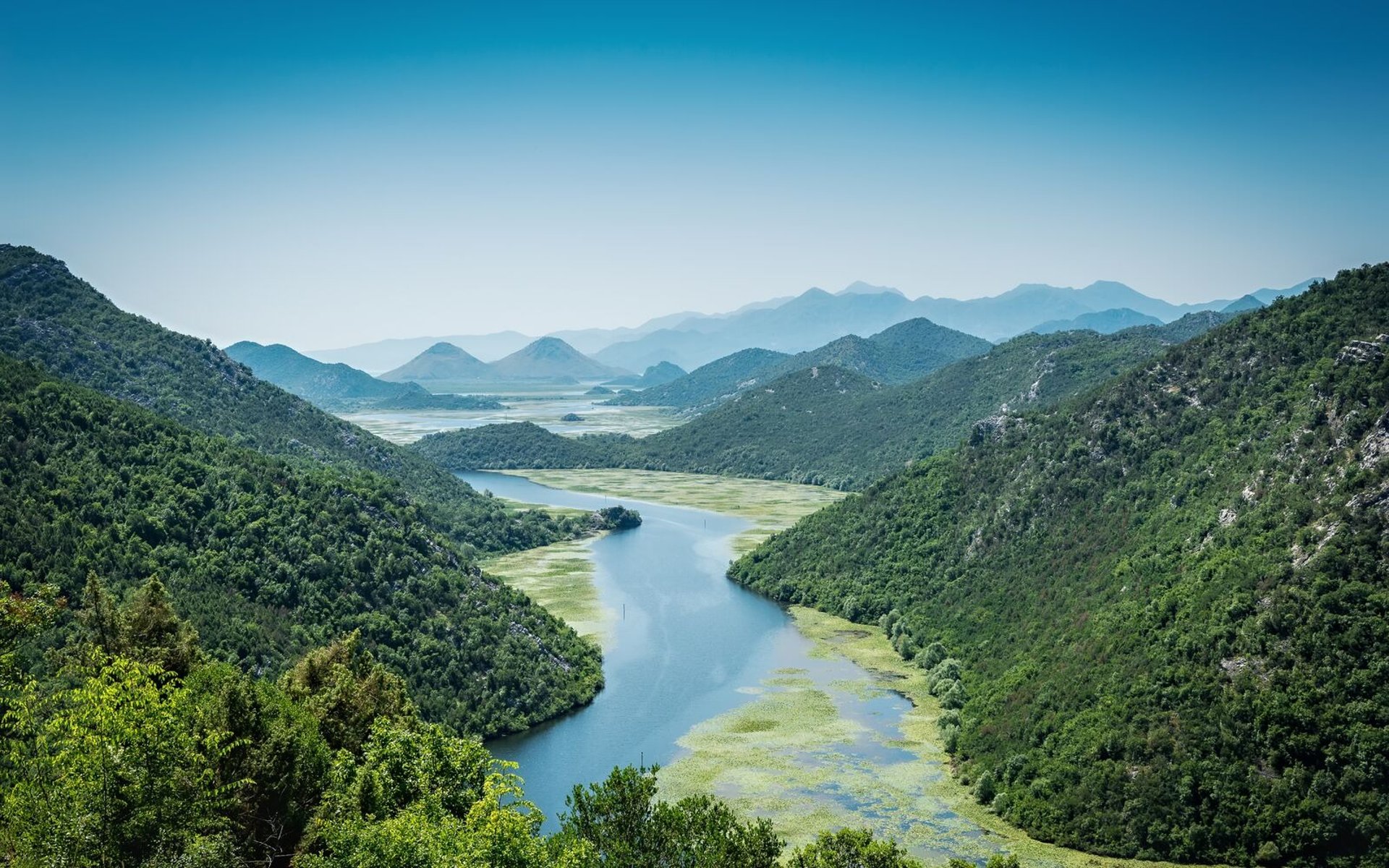
Identifying opportunities to reduce our environmental impact.

Strengthening ties with local organizations and social causes.

Training our teams on ethics, sustainability, and corporate responsibility

Actively listening to our customers and collaborators to build a more conscious business model together
We know that becoming a truly responsible company is a process, not a destination. That’s why, rather than declaring “we’ve already arrived,” we prefer to say “we are on the way”—with humility, conviction, and the certainty that every action counts.
